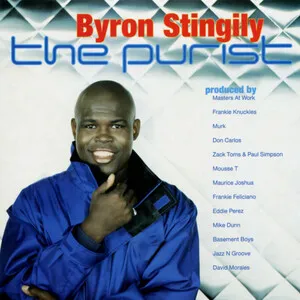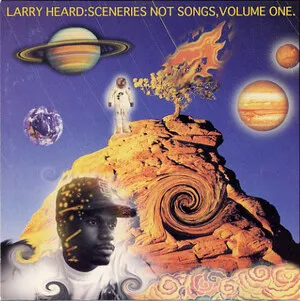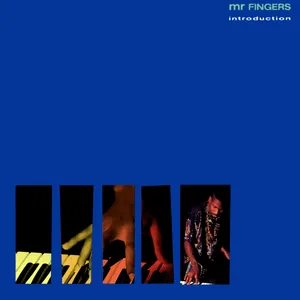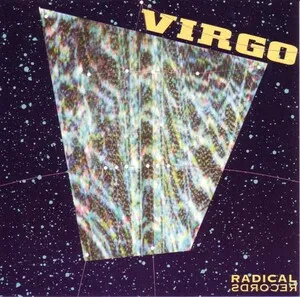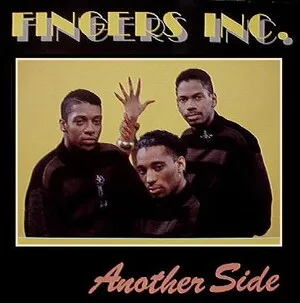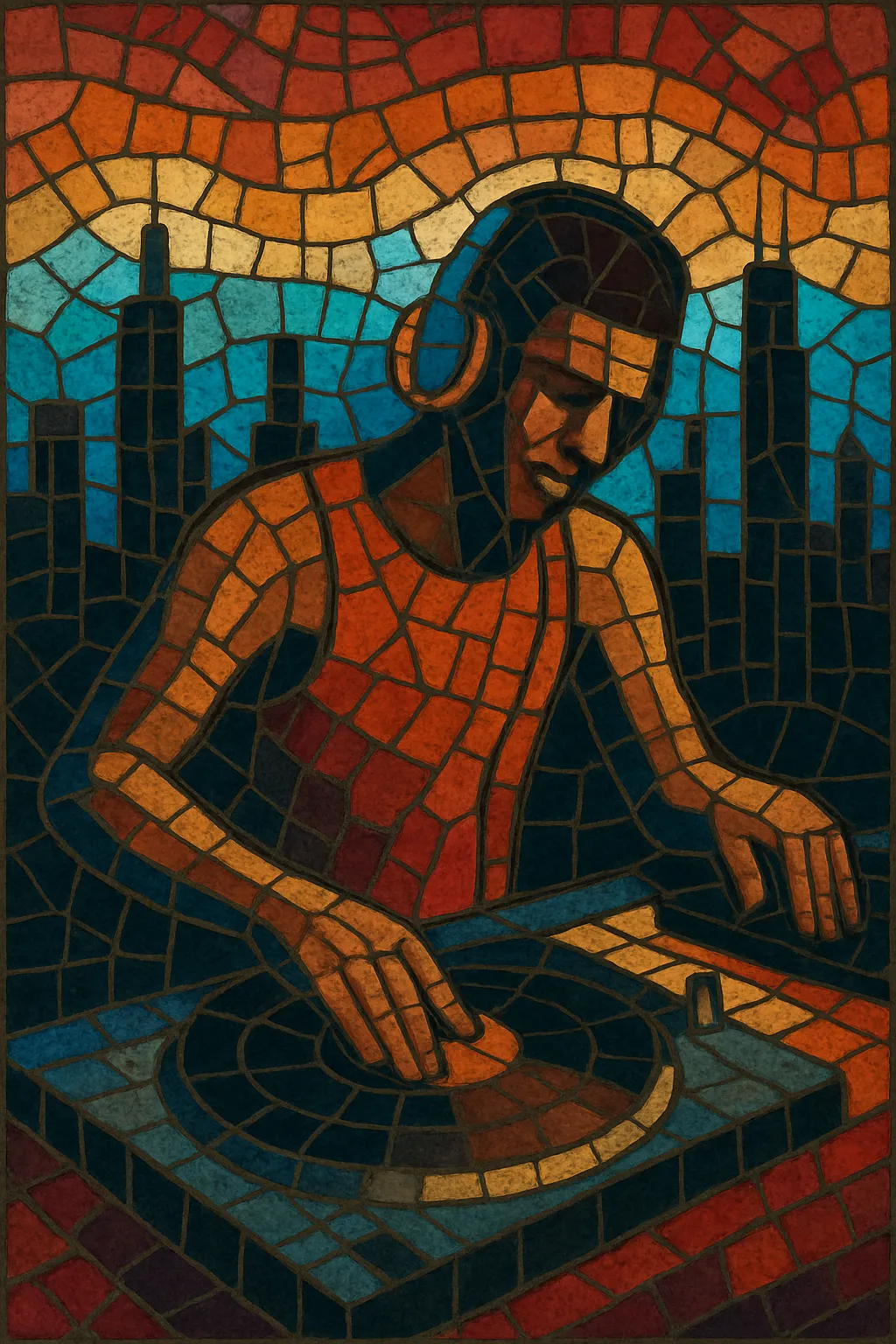
Your digging level
Description
Chicago house is the foundational style of house music that emerged from Chicago’s Black and Latino club scene in the early-to-mid 1980s. Rooted in disco’s four-on-the-floor pulse but stripped-down and made more hypnotic, it emphasizes drum-machine grooves, looping basslines, piano/organ stabs, and soulful or gospel-inflected vocals.
Characterized by jacking rhythms, raw drum programming (often TR-808/TR-909), and DJ-centric arrangements with long intros and outros, Chicago house balances machine precision with human feel. Compared to New York garage, it tends to be more minimal, tougher, and more repetitive, with an emphasis on dancefloor functionality and ecstatic release.
History
Chicago house coalesced around clubs like The Warehouse (with Frankie Knuckles) and the Music Box (with Ron Hardy). DJs extended disco’s legacy by blending soul, funk, boogie, Italo-disco, and electro-funk with drum machines and samplers, focusing on seamless mixing and “jacking” body movement. Radio shows like WBMX’s Hot Mix 5 amplified the sound across the city.
Jesse Saunders’s “On & On” (1984) is widely cited as the first Chicago house record pressed to vinyl. Early classics such as Jamie Principle & Frankie Knuckles’s “Your Love,” Larry Heard’s “Mystery of Love” and “Can You Feel It?,” Adonis’s “No Way Back,” Farley “Jackmaster” Funk’s “Love Can’t Turn Around,” Steve “Silk” Hurley’s “Jack Your Body,” and Marshall Jefferson’s “Move Your Body” defined the style’s DNA.
Independent imprints like Trax Records and DJ International gave local producers fast, affordable access to vinyl, which codified the aesthetic: raw, lo-fi, groove-forward tracks tailored for DJs. The scene’s Black, Latino, and LGBTQ+ communities were central, shaping both the social spaces and the expressive, uplifting character of the music.
By 1986–87 Chicago house had crossed the Atlantic, topping UK charts (e.g., “Jack Your Body”) and catalyzing Europe’s acid house and rave movements (Phuture’s “Acid Tracks,” 1987). Simultaneously, Larry Heard’s emotive productions laid the blueprint for deep house, while later Chicago offshoots like ghetto house set the stage for juke and footwork.
Chicago house is the bedrock of modern dance music. Its templates influenced deep house, French house, tech house, and countless strands of global club culture, while its classic records remain staples for DJs and producers seeking timeless dancefloor energy.

